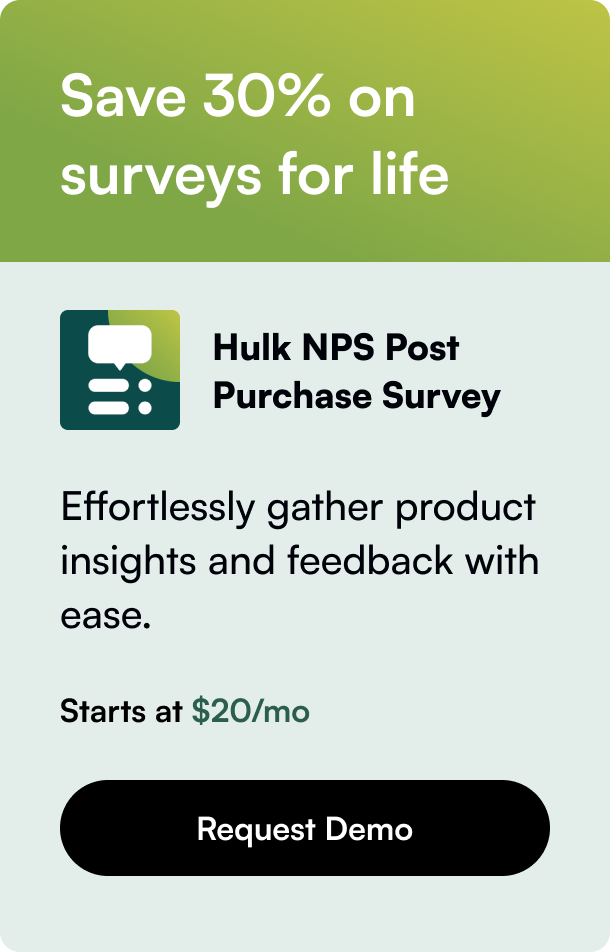Table of Contents
- Introduction
- Ease of Integration and Usability
- Transaction Fees and Payout
- User Experience and Customer Trust
- Chargebacks and Seller Protection
- Technical Support and Customer Service
- Global Reach and Flexibility
- Multi-Currency Functionality
- FAQs on Shopify vs PayPal
- Conclusion
Introduction
When setting up an online store, selecting the right payment solution is crucial. It can impact everything from your conversion rate to the bottom line. In today's digital marketplace, there's an overwhelming array of payment gateways, but Shopify Payments and PayPal have emerged as two of the giants in the field.
Why is choosing between Shopify and PayPal critical for your online business? The answer lies in the fine details – transaction fees, user experience, integration capabilities, and much more. In this post, we'll analyze these two leading platforms based on various factors to help you make an informed decision.
Ease of Integration and Usability
Shopify: An integral part of the Shopify ecosystem, Shopify Payments allows a seamless checkout experience with no redirection to third-party sites. It's easy to activate from the Shopify dashboard, integrating flawlessly with your online store.
PayPal: As one of the most recognized e-payment systems globally, PayPal also integrates with Shopify but requires customers to complete transactions on PayPal's site. This can be a hassle and may deter potential conversions.
Transaction Fees and Payout
Shopify Payments typically offers a lower transaction fee compared to PayPal. It also supports more currencies, which is critical for global commerce. Shopify Payments processes payouts on a predictable schedule, usually taking about 3 business days to reach your bank account.
PayPal fees can be high, especially for international transactions. The payout can take anywhere from a few hours up to several days, and chargeback fees are also often higher with PayPal.
User Experience and Customer Trust
The importance of a smooth user experience and building customer trust cannot be overstated. Both Shopify and PayPal provide secure transaction environments, but Shopify's seamless on-site payment experience holds an edge in user experience. PayPal, recognized worldwide for security and convenience, leverages its reputation to instill trust in users.
Chargebacks and Seller Protection
Chargebacks can be a hassle, and here, both platforms offer their measures for dispute resolutions:
Shopify: Includes a chargeback resolution process with seller protection as part of Shopify Payments.
PayPal: Known for its robust Buyer and Seller Protection programs, may take longer to resolve disputes but offers good support throughout the process.
Technical Support and Customer Service
Both Shopify and PayPal offer customer support, but their approaches differ:
Shopify: Offers 24/7 support, inclusive of live chat, email, and phone services – a crucial feature for businesses that run around the clock.
PayPal: Also provides comprehensive support but might not match the 24/7 offer of Shopify, potentially leading to delays in resolving urgent issues.
Global Reach and Flexibility
Shopify Payments: While growing steadily, it still has geographical limitations and is only available in selected countries.
PayPal: With a vast global reach, PayPal accepts payments from a wider array of countries, making it an excellent choice for international sales.
Multi-Currency Functionality
In a global economy, multi-currency functionality is vital:
Shopify Payments simplifies transactions by allowing customers to pay in their local currency, which can enhance the customer experience and potentially reduce cart abandonment rates.
PayPal has similar functionalities but might involve extra steps or fees for currency conversion.
FAQs on Shopify vs PayPal
Can Shopify stores use PayPal?
Yes, PayPal can be integrated seamlessly with Shopify stores, providing customers with an alternative payment method.
What is better for international sales?
PayPal has an extensive international reach, but Shopify Payments is gaining traction and offers multi-currency support, which is crucial for global sales.
Which is easier for new merchants?
Shopify Payments is usually recommended for new Shopify merchants due to its integrated nature and easy setup.
Conclusion
Both Shopify and PayPal offer robust solutions, but the choice depends heavily on your business needs. If you prioritize a streamlined checkout, lower fees, and integrated services, Shopify Payments may be the way to go. Conversely, if global presence and customer trust are your focus, PayPal could be your match.
Ultimately, having both options available on your e-commerce site might provide the versatility and convenience that today's diverse shoppers are looking for. Consider your business model, target market, and growth strategies before deciding, and never settle for less when it's about the financial backbone of your online enterprise.
Make an informed decision that aligns with your business goals, and you'll be set for a smooth and successful e-commerce operation.








